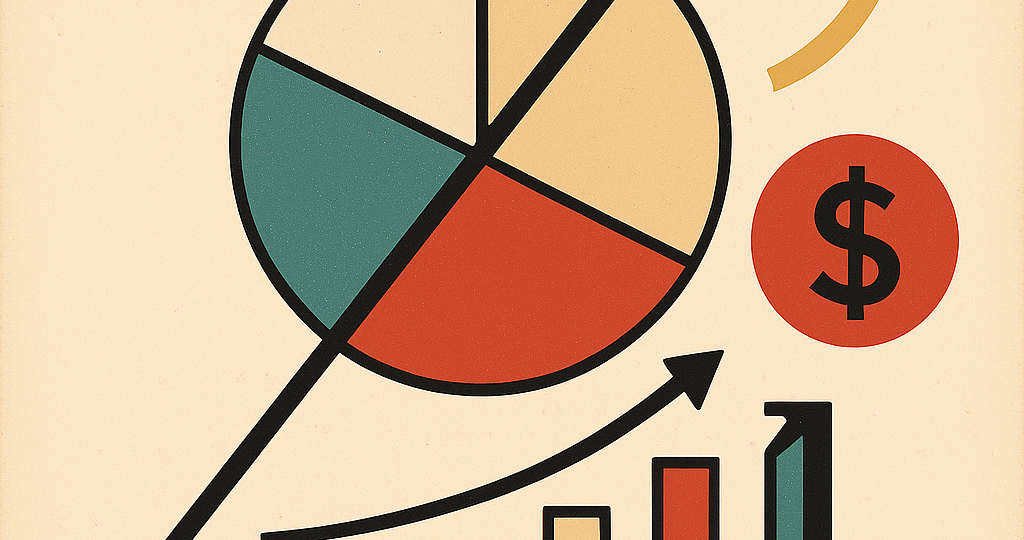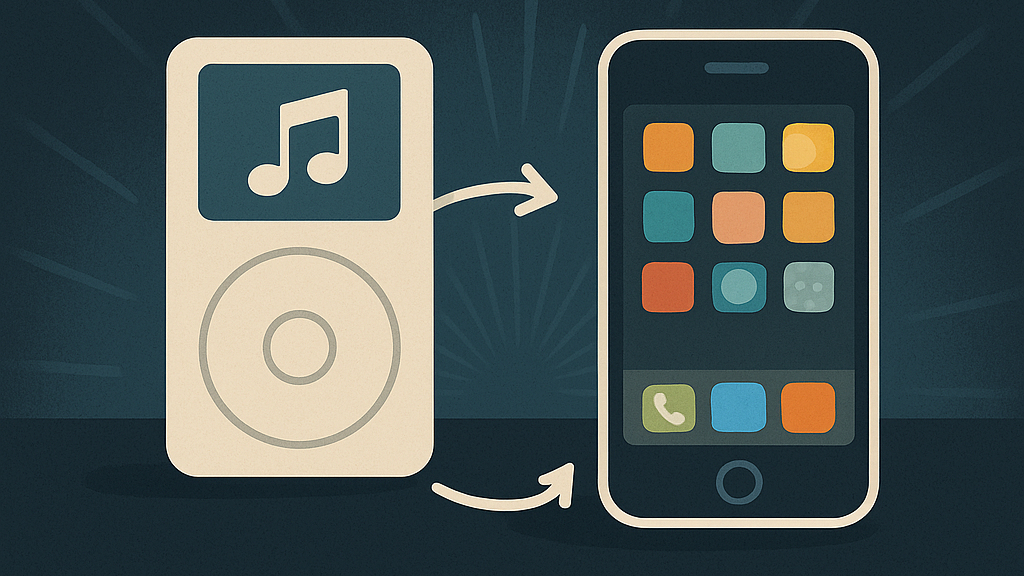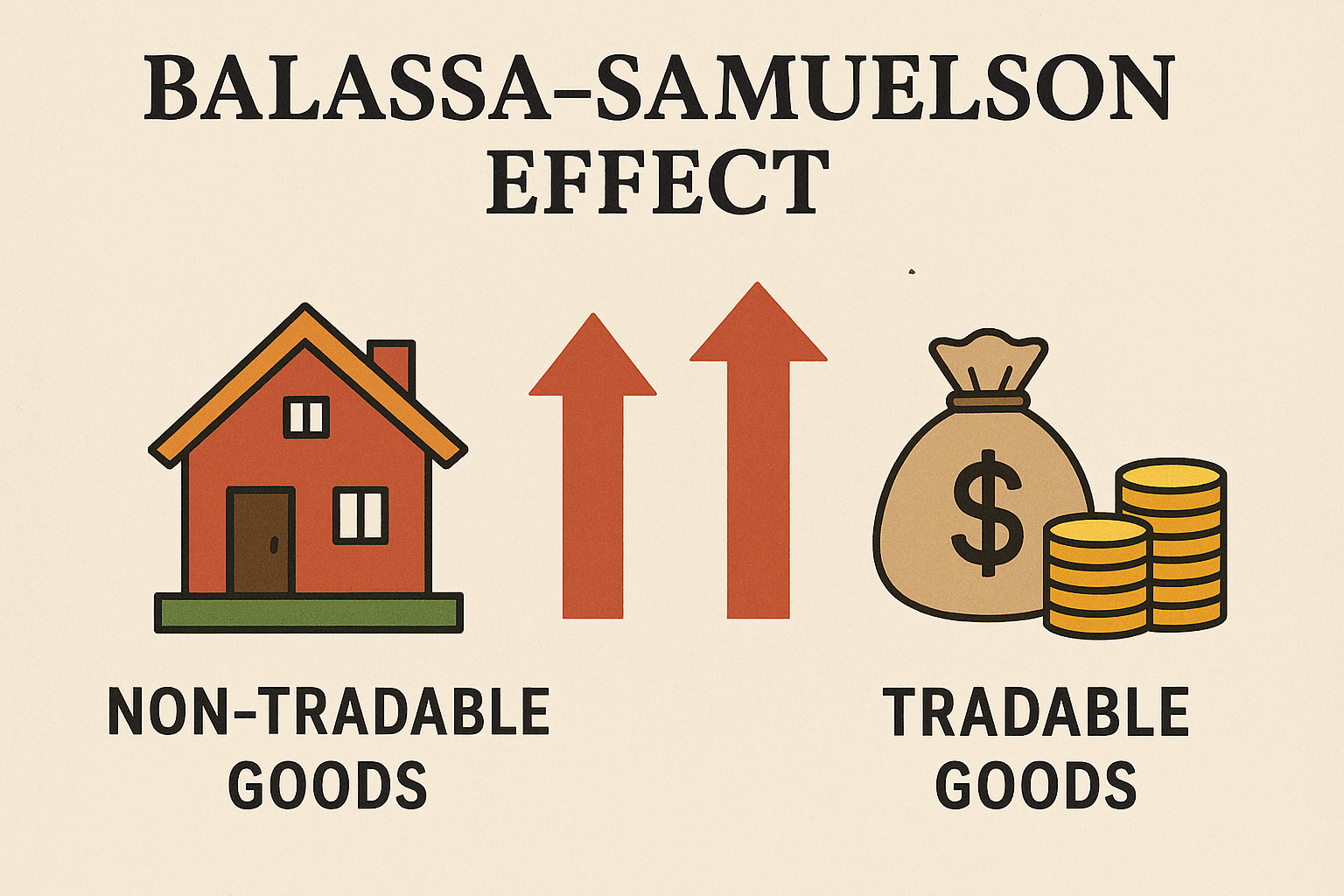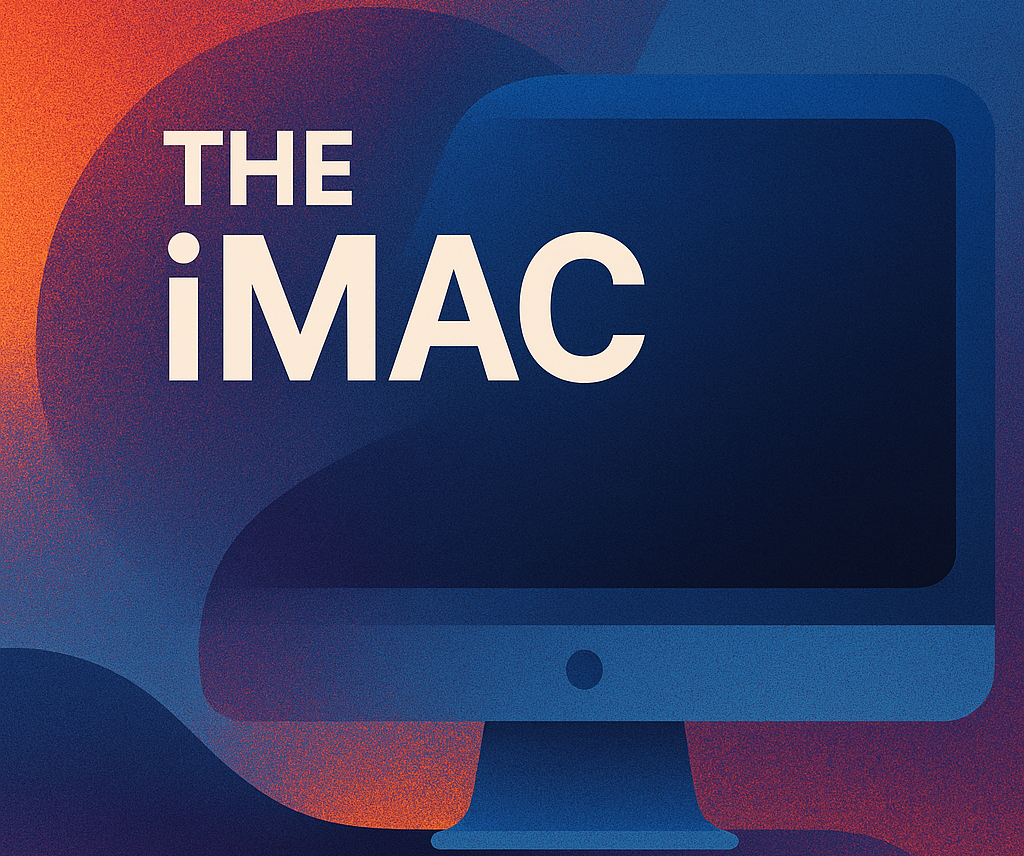
The Bertrand Paradox is one of those rare economic ideas that is simple to explain but deeply counterintuitive. Introduced by French mathematician Joseph Bertrand in 1883, it describes what happens when two firms compete on price alone. According to the paradox, if two companies sell identical products and consumers always choose the cheaper option, a relentless price war begins — and both companies end up charging the lowest possible price: their marginal cost. In other words, they make zero profit, even in a duopoly (a market with just two sellers).
Imagine two gas stations on opposite sides of the road. If one charges $3.00 per gallon and the other $2.99, everyone flocks to the cheaper one. The first station then drops to $2.98, and the cycle continues. The only way to win is to be cheapest — but that leads to pricing as low as it takes just to break even. This is the essence of the Bertrand Paradox: fewer competitors doesn’t guarantee higher profits, as classical economics would suggest.
We don’t see such brutal price wars in reality — and that’s exactly what makes it a paradox. In the real world, even fierce competitors like Coca-Cola and Pepsi don’t keep undercutting each other into oblivion. Why not? Because Bertrand’s model makes strong assumptions: perfect information, zero brand loyalty, and identical products. It simplifies things to show what could happen in a world of pure price competition, not what usually does.
Economist Francis Edgeworth challenged Bertrand’s model in 1897, arguing that real firms often have capacity limits — they can’t meet all customer demand on their own. That changes the dynamic entirely. If one company can only serve 60% of the market, the other can charge a higher price and still sell the rest. Edgeworth’s insight paved the way for more realistic models of oligopoly and game theory, which better reflect how companies actually behave.
RELATED POSTS
View all


